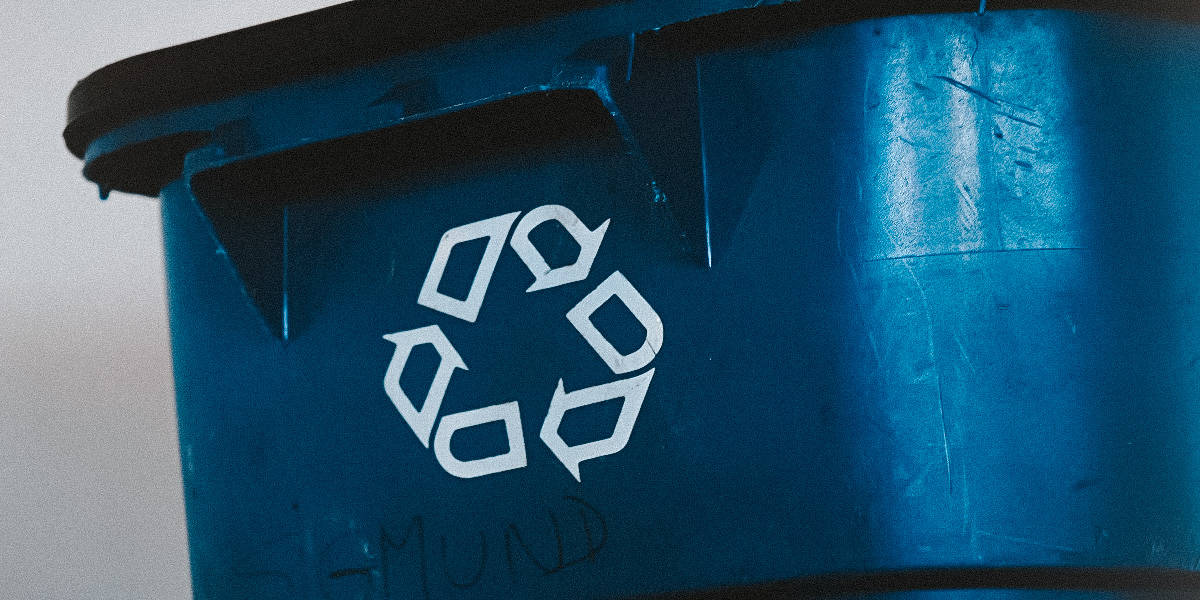Ever wonder what happens to your plastic water bottle after you are done using it? Or how about that plastic takeaway container? In this article, we will uncover the truths of single-use plastics, plastic recycling, and all the nitty-gritties in between. With 91% of our plastic trash never being recycled, and a further 8 million tons of it being dumped into our oceans each year, it is important to know how you as the consumer are playing your part.
From coffee cups to plastic toys our world is stuffed with it. And why not? Its lightweight, durable, flexible, and has a variety of applications. The answer to that is simple: we are drowning in it. Not only does plastic suffocate the oceans but it has been shown to be in our water, food, and even the air we breathe. Leaching toxic chemicals and killing marine life is just some of the collateral damage we have observed from plastic pollution. So, if you are ready to make a difference by educating yourself on all you need to know about plastic recycling – let’s jump right in.
Types of Plastics
While most sources claim there are only 7 codes of plastic, it is well known that several manufacturers change the chemical composition of their articles to suit specific needs. These changes in chemical composition affect the weight distribution, density, and melting index (amongst others). Plastics can be split into two main categories: thermoplastics and thermoset plastics, and before even considering the 7 codes, it is important to learn the basic differences between these two.
Thermoset plastics are plastics known for their durability, flexible design, resistance to high temperatures and chemicals, and very low impact resistance. These types of plastics once cured cannot be recycled, this is largely because remolding is impossible. The common examples of thermoset plastics are silicone, epoxy or polyester resin, fiberglass, vulcanized rubber, bakelite, and more.
Thermoplastics are plastics known for their high-impact resistance, hard crystalline or rubbery surface options, remolding and reshaping capabilities, and aesthetically pleasing finishes. These types of plastics are recyclable.
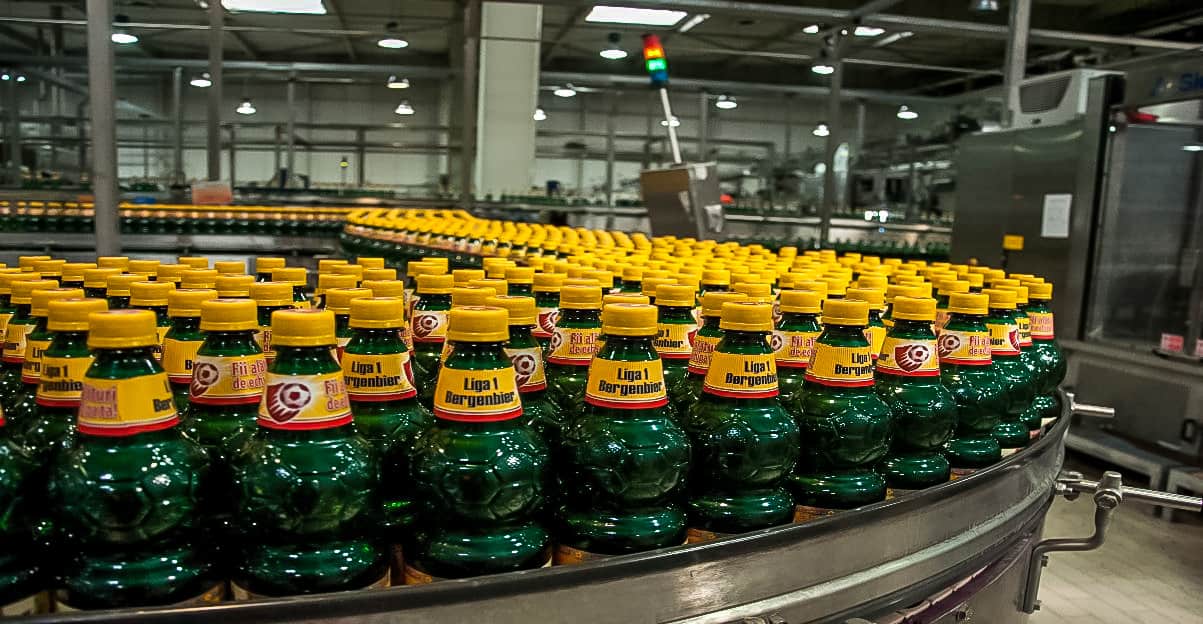
How Are Plastics Made?
Most plastics that exist today are made from fossil fuels. These natural resources such as crude oil, natural gas, and coal are then refined into monomers. Once this has been achieved these monomers are polymerized and converted into high molecular weight hydrocarbons such as polymers (the building blocks of plastic). Lastly, these polymers are then mixed and melted into various formulations to create what we now know as plastic.
Other ways to manufacture plastics include the use of corn starch, potatoes, sugar beets, and sugar cane. These plastics are known as bioplastics and are made by converting the sugar present in these plants into plastic. However, it is important to note that this process still requires the use of fossil fuels. Whether it is to run the factory, or they are used as a minority material in the manufacturing process, very few bioplastics are actually 100% natural.

Understanding the Codes, Symbols and Numbers
When looking at a recycling symbol it is important to know and understand the numbers contained within it. Recycling symbol numbers indicate the materials that make up the plastic product as well as their recyclability and toxicity. There are several types of plastics, all of which vary in use. Below is a list of the codes and their corresponding materials:
1 – Polyethylene Terephthalate
2 – High-Density Polyethylene
3 – Polyvinyl Chloride
4 – Low-Density Polyethylene
5 – Polypropylene
6 – Polystyrene
7 – Other
While it is not important to know each code’s specific resin, it is important to know the symbols which represent each code. It is also vital to know what plastics cannot be recycled, what plastics can be recycled, and which plastics are worse for your health than others. Each of the recycling codes comes with two identification symbols – i.e. 1 and 01.
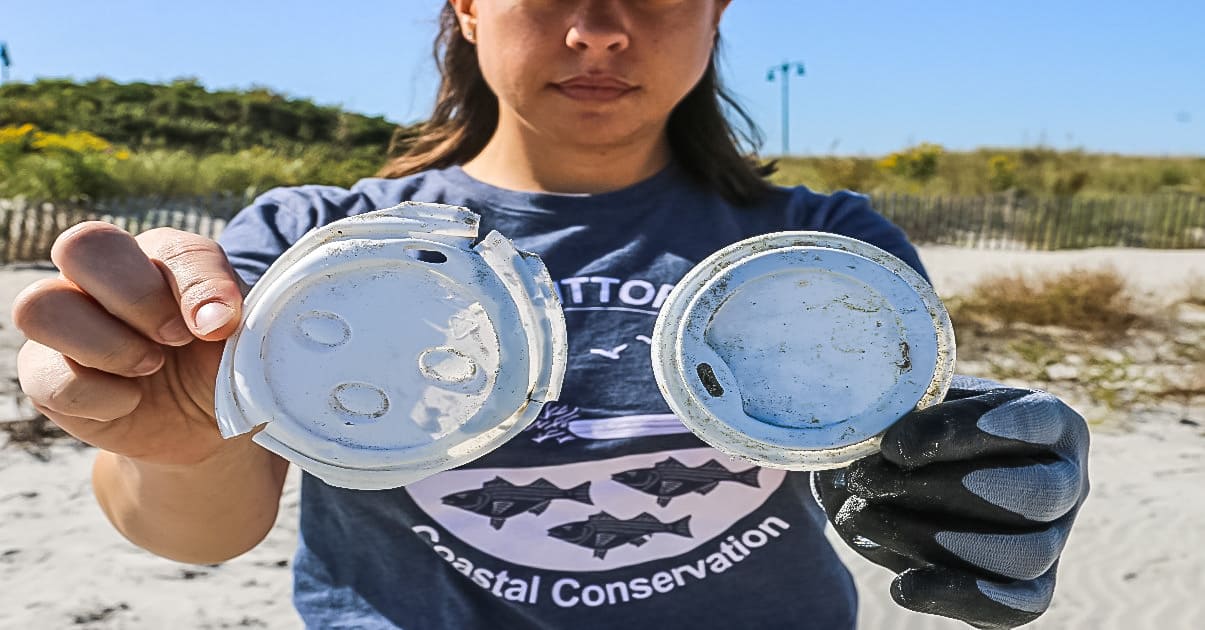
Code one (1 or 01) is represented by the initials PETE or PET and is well known as one of the most easily recycled plastics on the market. Most plastic water bottles are made from PET and when recycled they can be converted into items such as fiber-filler for duvets, carpeting, insulation, new packaging trays, or more water bottles. These types of recyclable plastic are considered safe for human use as they do not contain bisphenol A (BPAs) which are known to wreak havoc on the body. Although this may be the case, in the presence of heat and other factors such as direct sunlight, these plastics may become more toxic over longer periods.
Code two (2 or 02) is represented by the initials HDPE or PE-HD. Commonly used in milk bottles and grocery bags this plastic is also considered safe for human use. However, when HDPE plastics break down they are known to leach estrogenic chemicals dangerous to fetuses and juveniles, making them ill-suited for the environment. Identified by its opaque appearance, HDPEs are recyclable plastics.
Code three (3 or 03) are identified by V or PVC symbols. These versatile plastics are used in everything from plumbing pipelines to shrink wrap. Known to contain DEHPs these plastics are considered toxic to humans (and specifically males). DEHP phthalates have properties that can disrupt hormones, and in the case of males, the ability to cause male traits to become more feminine. These toxic chemicals are leached into the environment throughout the plastic’s lifecycle. And in terms of what plastics cannot be recycled, PVC is top of the list.
Code four (4 or 04) plastics are known by LDPE or PE-LD. Famously known for bags, coffee cups, and “paper” milk cartons, these plastics do not contain BPAs and so are considered safer for human use. However, LDPE plastic still leaches toxic estrogenic chemicals if not correctly disposed of. Not commonly recycled, these types of plastic can be used as plastic lumber, floor tiles, and landscaping boards.
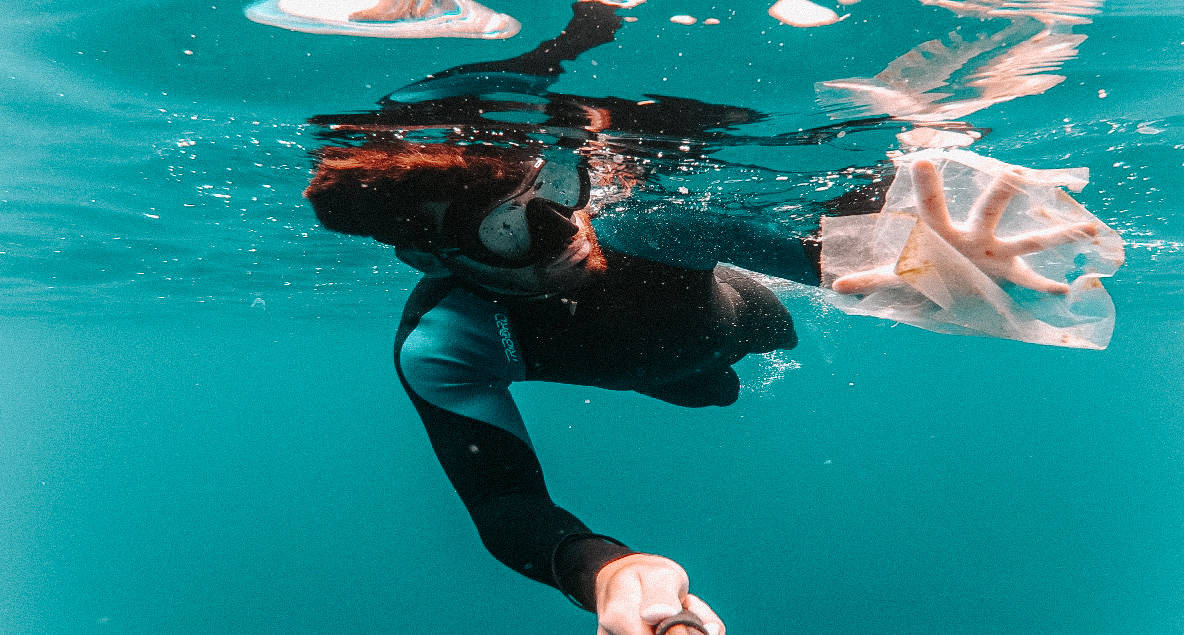
Code five (5 or 05) plastics are represented by the acronym PP. These plastics are often shiny, clear, and crackle when moved. When considering what plastics can be recycled, these items should come to mind. Other than being shiny and crackling when handled – these plastics also make up the bulk of yogurt containers and insulation for winter clothing. They are tough, lightweight, and generally considered safe for human use.
Code six (6 or 06) plastics are commonly shown using the symbol PS. A well-known synonym for this kind of plastic is Styrofoam. Used in many items from plates and cups to packaging materials, it is considered a potential carcinogenic in the presence of heat. Also not commonly recycled, these weak and ultralight items are often culprits of ocean pollution.
Lastly, we have code seven (7 or 07), and these plastics are commonly identified by “OTHER” or simply O. Categorized as “everything else” – it does not contain any one of the above six resins. Code seven plastics are exceptionally dangerous to human health as many of them contain BPAs, BPSs, or both. Both chemicals can disrupt sexual and reproductive functioning, puberty, mood stability as well as may cause various types of cancers, diabetes, and heart disease. The most common plastic found in this code is polycarbonate (PC) and is known to be the basic material for sippy cups, ketchup containers, baby bottles, and even dental sealants. These health risks combined with a low recyclability rate has led to many countries now adding this plastic to their ban list.
Plastic Recycling
You may be here to find out what is recycling? Well to answer simply, there are two types of plastic recycling. Traditional recycling (which suits thermoplastic materials) is a process whereby old used plastic items are melted down and converted into new usable products. This is usually done using an injection molding method. The second type is advanced recycling. This type of plastic recycling is a process whereby old used plastics are broken down using chemicals. It includes three techniques all of which transform the old item into crude oil, gas, or monomers respectively. Whichever the method, recycling has the same aim: to take the old and make it new.
As mentioned, depending on both the code and type of plastic, some plastics are more easily recycled than others. Recycling numbers are especially important to check before buying any product. By checking the recycling symbols 1-7 you are more easily able to know any adverse effects on your health, marine life health, and environmental sustainability issues these items may cause.
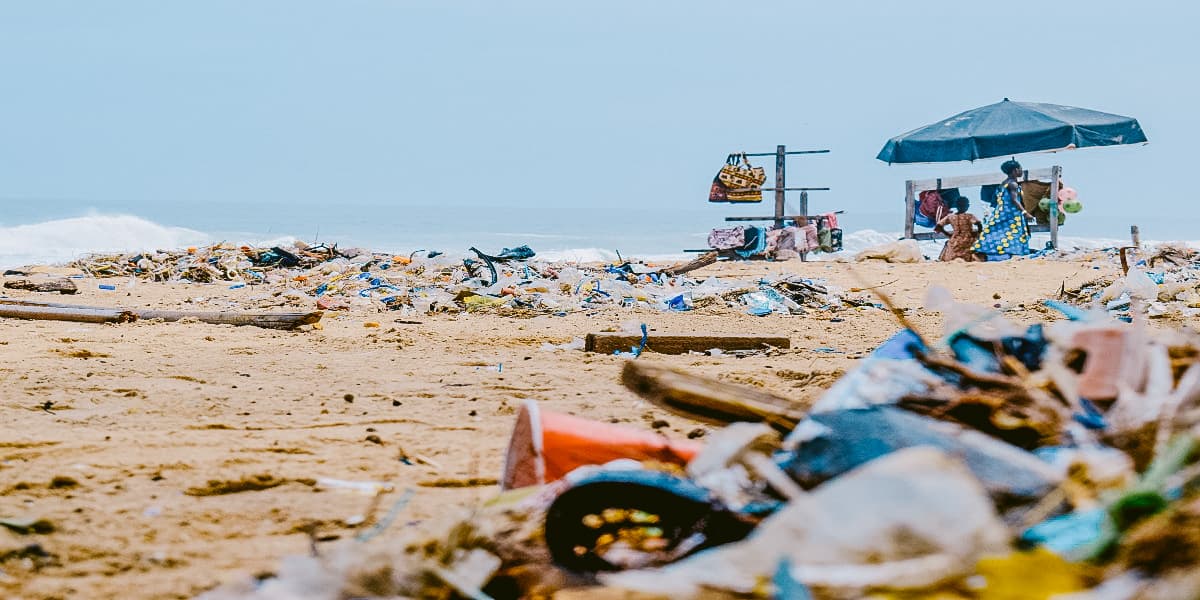
Plastic recycling is not as simple as it may seem. For starters, no dirty items of plastic can be recycled – so before you throw an old milk carton in the recycling bin make sure you properly wash it. Secondly, not all plastics are created equally. As mentioned previously, the recyclability of a product is generally designated by the resin which makes it up. Thirdly, mixed material items are both expensive and difficult to recycle. For instance, a snack bar wrapper is made of both aluminum laminate and PP or LDPE plastic. To recycle the plastic component specialized machinery would have to separate the closely meshed materials into their unique components, making it both difficult and expensive.
Another factor to consider is market demand. Many recycled products must compete with “virgin plastics” and unless there is a demand for such – recycling is practically worthless to most plants. This is also where quality matters. If products made from second-hand materials are expected to compete against brand new products, then the quality of the material being recycled needs to be top-notch. It is here that dirty products not only pose a problem for health but also quality control standards.
Furthermore, as plastic is recycled it loses quality at an alarming rate. Unlike glass and metal products which can be infinitely recycled, plastic can only be recycled 1-2 times before it must be downcycled. To only add to this, we must ask the question: what percentage of recycled material is actually recycled? According to “Our World in Data” a shocking 9% of the plastic waste produced between 1950 and 2015 was recycled. All considered, our obsession with plastic may seem cheap and convenient – until we realize the cost to human health, marine life, and the general environment.
For more information on the severity of the problem check out this video:
What Happens to Non-Recyclable Plastics
As you may already know, many of the plastics that cannot be recycled either end up in landfills, rivers, or oceans. Of the plastic which pollutes our oceans, it is estimated that only 1% of it floats – meaning what we see is only the tip of the iceberg. Furthermore, when non-recyclables are included in recycling bins many of them jam, damage and break the machinery at the stations. Whatever is left to rot in our landfills can take up 400 years to decompose (according to National Geographic), leaving us with toxic leachate, little landfill capacity, and a whole bunch of problems.
But not all hope is lost. With companies such as 4Ocean and Terracycle working hard and fast, much of our ocean pollution and hard to recycle plastics are being dealt with in effective manners. It is companies such as these that are providing ordinary citizens with the power to do more with their plastic waste.
For more on the Terracycle initiative check out their video:
FINAL THOUGHTS
Plastic Recycling
Having read through this article, hopefully, you feel more empowered to make a change. At the end of the day, it is consumers who drive market forces, and ultimately large corporations. You as an individual have a voice to drive change, and the purchasing power to support non-plastic alternatives, or at least adequate plastic recycling. By knowing what can and cannot be recycled you can make informed decisions on what products you use and bring into your home. By understanding the plastics in your home, you can equip yourself to better dispose of and replace them. Knowledge is power, and the best way to use power is responsibly. So perhaps it’s time to do a plastic audit, or at least a reflection on the plastic items you use daily. By acknowledging where your plastic addiction may start, you can move toward a more sustainable path – thereby becoming an example to those around you.
FAQs
Plastic Recycling
1. What Are the Different Types of Plastics?
Aside from the codes, there are two types of plastics which are manufactured. The first types are those which are recyclable plastics, commonly known as thermoplastics. The second are thermoset plastics which are not recyclable and thus must be incinerated. Thermoset plastics include fiberglass, bakelite, and epoxy or silicone resin.
2. Can Multi-Use Plastics Be Recycled?
Plastics that are multi-use items tend to be easier to recycle. While not all types of plastics are recyclable, many of them are depending on the resins used and manufacturing process. Although with new initiatives such as Terracycle, even our “hard to recycle” plastic categories are looking to be turned around.
3. Can Single-Use Plastics Be Recycled?
Not most of them. In fact, many of the single-use plastics we consume daily are simply too small to be recycled. Items such as plastic straws, grocery bags, and coffee cups rank amongst the top items that cannot be recycled either due to size or material.
4. Which Plastics Can Be Recycled by Symbol?
Looking out for the acronyms either inside or below a recycle sign on a product will indicate whether that item is recyclable or not. A recycling symbol that contains PET, PETE, HDPE, and PE-HD is generally accepted as recyclable. Other items such as LDPE, PE-LD, PP, and PS may be recyclable, but you would have to check with your nearest station as to whether or not they accept these items.
5. Which Plastics Can Be Recycled by Code?
Similar to the recycling symbols, recycling numbers also indicate which plastics can be recycled. Items that contain the numbers 1 and 2 are almost certainly recyclable. The code items you may need to check are those labelled with the numbers 4,5, and 6 as these are not as widely recycled as the other two codes.
SOURCES
Plastic Recycling
- Marine Plastics, iucn.org
- FAQs on Plastics, ourworldindata.org
- 7 Types of Plastic that You Need to Know, waste4change.com
- Thermoset vs. Thermoplastics, modorplastics.com
- How Is Plastic Made? A Simple Step-By-Step Explanation, bpf.co.uk
- Plastics Explained, From A to Z, nationalgeographic.com
REACH OUT
We always speak about ‘They’. They need to do something about the plastic problem. They need to stop overfishing. What They are doing to our oceans is simply unacceptable. But who are They?
The government? The government is an administrative body elected by the people. The government exists only to serve out the needs of those people. They is in fact our society, a collection of individuals. You are one of those individuals, and so am I. There is no They, there is only We, and We are all part of the problem. However, We can choose to be part of the solution instead. Sure, sometimes it feels like one individual has such a small chance of creating meaningful change – so why bother. But remember, if everyone had that mindset, there is 100% chance that nothing will change.
We only have one Earth. We can make a difference.
You have a Part to Play – join us in our fight against the Ecological Disaster of our Age.


